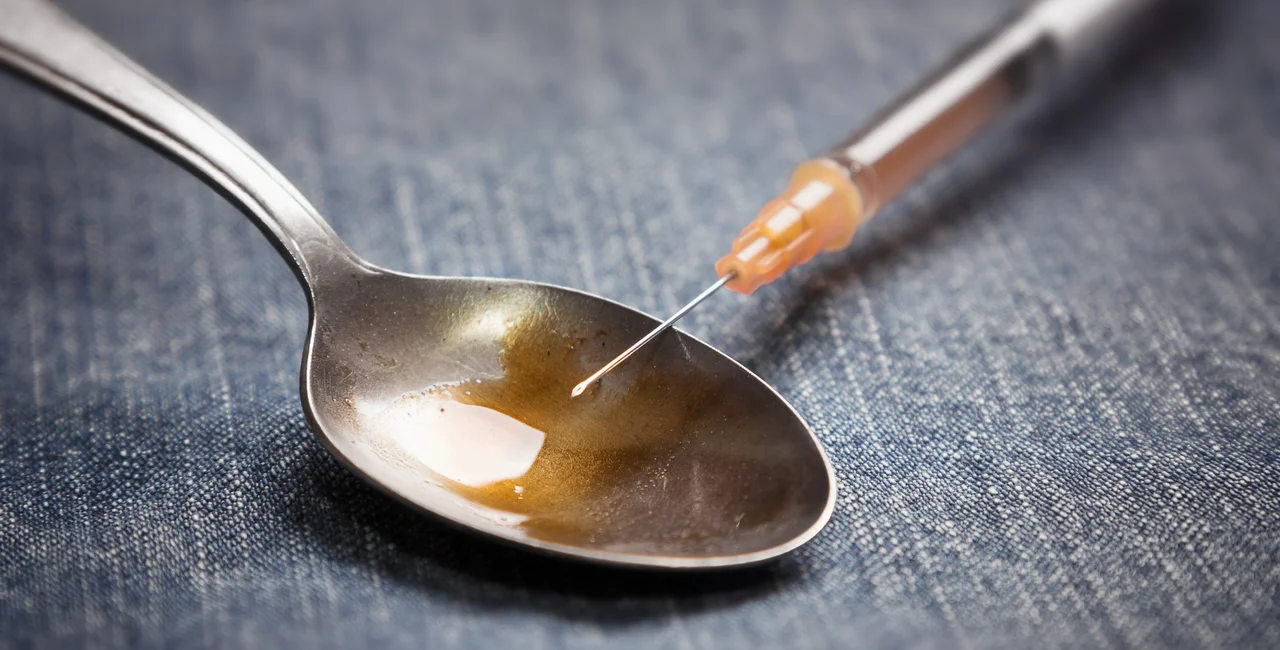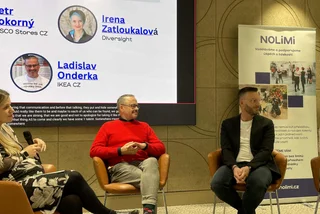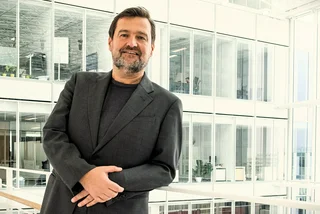“What do you know about the Czech Republic?” Lydia Rodarte-Quayle asks Walter White, the protagonist crystal meth cook of U.S. television series Breaking Bad.
“Did you know there’s a higher demand for meth there than anywhere else in Europe?”
White takes some further persuading to sell his product in the Czech market; but new municipal wastewater analysis from the European Monitoring Center for Drugs and Drug Addiction has confirmed Rodarte-Quayle’s fictional portrayal of the Czech Republic as the meth capital of Europe.
Wastewater in Czech cities contains far more methamphetamine, or pervitin as it is more commonly known in Czechia, than any other cities in Europe. This indicates that Czech consumption of meth is easily the highest in Europe.
Analysis of samples from 80 cities in 25 European countries found that the five cities with the highest concentration of meth were all in the Czech Republic. First place was taken by Ostrava, in Moravia-Silesia, with a sample rate of 684 milligrams per 1,000 population per day. Second was Moravian capital Brno, with 546 mg, followed by České Budějovice with 507 mg, Karlovy Vary with 339 mg, and Prague, with 329 mg. These five were the only Czech cities included in the analysis.
The gap between meth concentration in Czech cities and that of other European cities is truly alarming. The next highest concentration was recorded in Latvian capital Riga, at 226 mg. Bratislava came next with 187 mg.
Czech drug authorities tried to downplay the significance of the results; a surprising response, given that their role is to tackle drug addiction in the country. National anti-drug coordinator Jindřich Vobořil said the findings are no surprise because pervitin has a long history in Czechia and takes the place of other substances used more commonly elsewhere.
“Heroin is the main drug in most parts of Europe, in our country it is traditionally pervitin, thanks in part to domestic production,” Vobořil told ČTK, pointing out that Czechia performs better when it comes to the number of addicts as opposed to casual users. Still, pervitin abuse makes people unable to sleep, causes them to lose weight, appetite and energy, and makes them unable to work or study.
Although Karlovy Vary also had the fifth-highest concentration of cannabis traces in its wastewater in Europe, it’s true that Czech cities contained less evidence of other substances common throughout Europe.
Cocaine use was highest in Belgium, Switzerland and the Netherlands, with only a fraction of their levels found in Prague. A similar situation was found for amphetamines and ecstasy, concentration of which was highest in the Dutch cities of Eindhoven and Amsterdam, respectively.
Yet the Czech Republic’s meth problem still stands out on a European scale. An article in British newspaper The Guardian earlier this year described how “the rural back yards of the Czech Republic hide Europe’s biggest methamphetamine problem,” and laid bare how entire villages in Czechia are hooked on meth.
As Vobořil suggested, Czechia’s meth problem is closely tied to in-country production; an illicit industry of meth cooking which sprang out of the Czech Republic’s strong background in pharmaceuticals. Czechia is Europe’s biggest meth supplier, with nearly 90 percent of annual meth lab busts by EU law enforcement taking place in Czechia.
Linked to this culture of production is a history of regional consumption going back decades. Meth is known as the “worker’s drug” in Central Europe, for its ability to provide people working long and demanding manual labor shifts with much-needed energy.
This application was, in turn, based in pervitin’s rise to prominence as a drug used by German soldiers during WWII. It was marketed to soldiers as an “alertness aid,” to “maintain wakefulness.” British newspapers reported that German soldiers were using a “miracle pill” to help them fight.
Meth fell out of use in Germany and Austria after the war, but in recent decades it has re-entered the country as a popular party drug. Much of the pervitin now being used in the country is smuggled in by Czech producers.












 Reading time: 3 minutes
Reading time: 3 minutes 

































